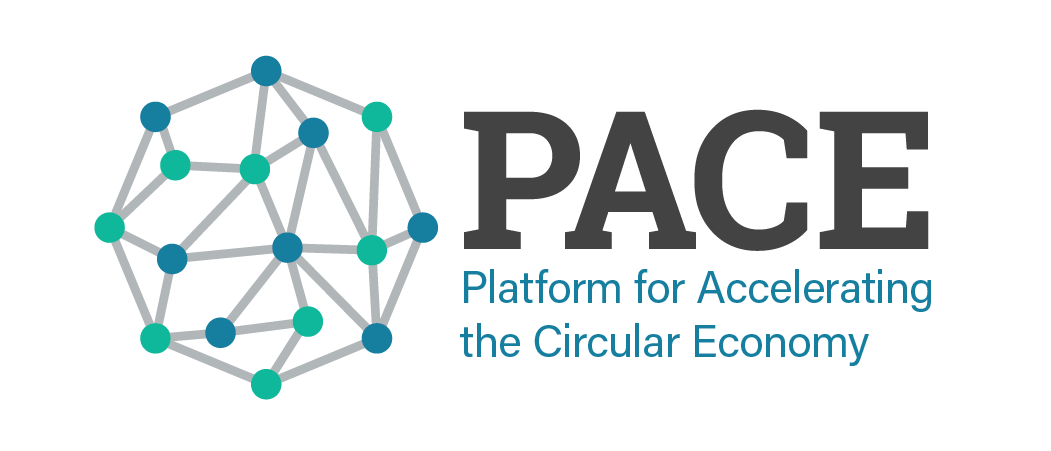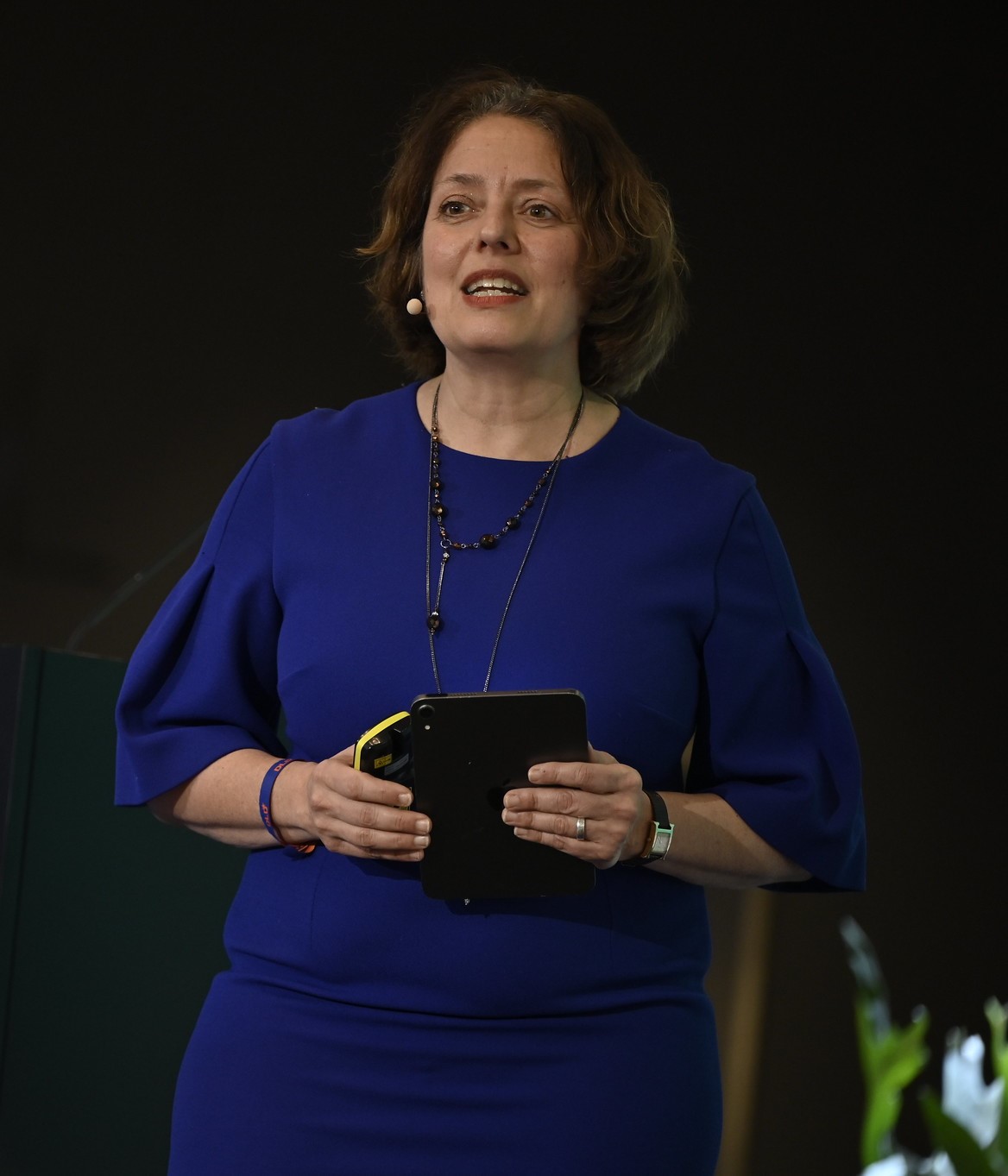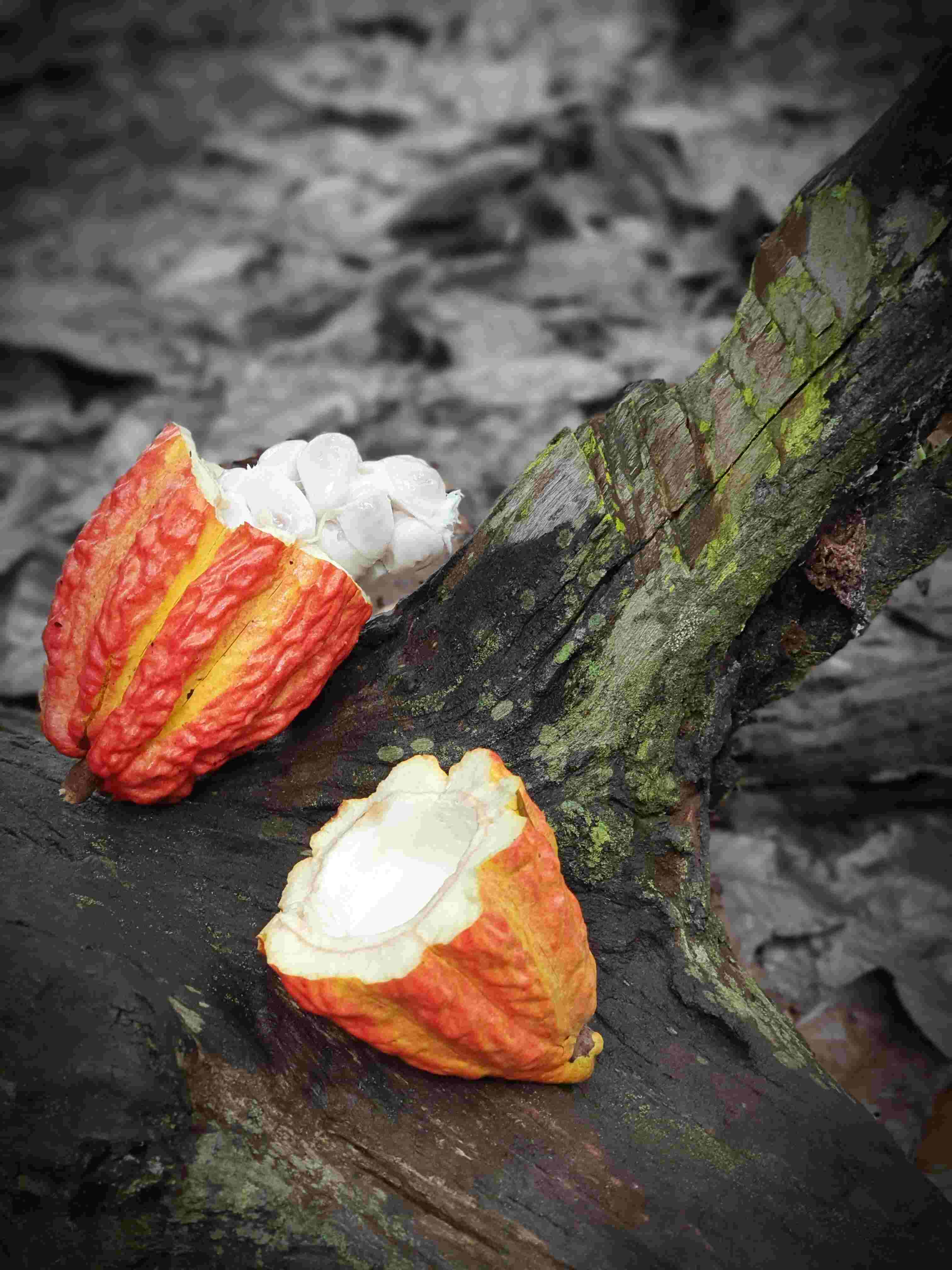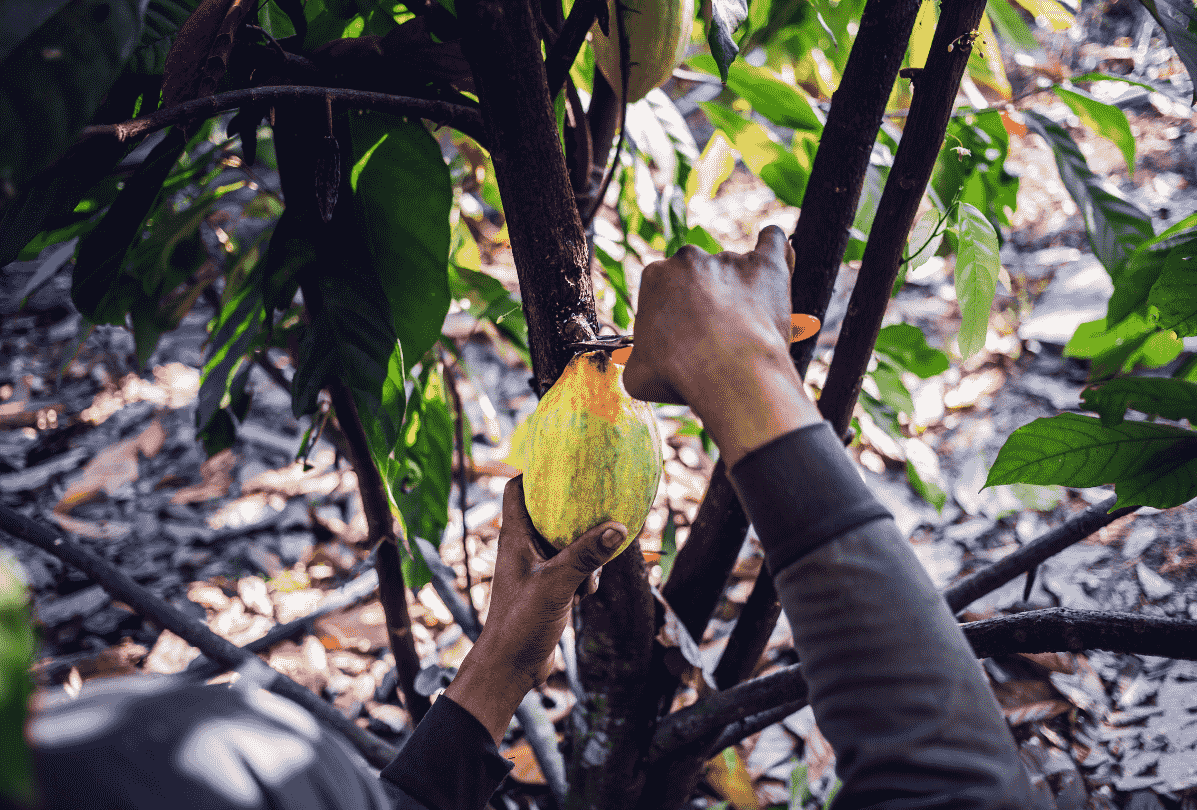The Circular Republic Festival
Article subtitle
Scaling Circularity through Innovation and Collaboration: A Summary Digest
Scaling Circularity through Innovation and Collaboration: A Summary Digest
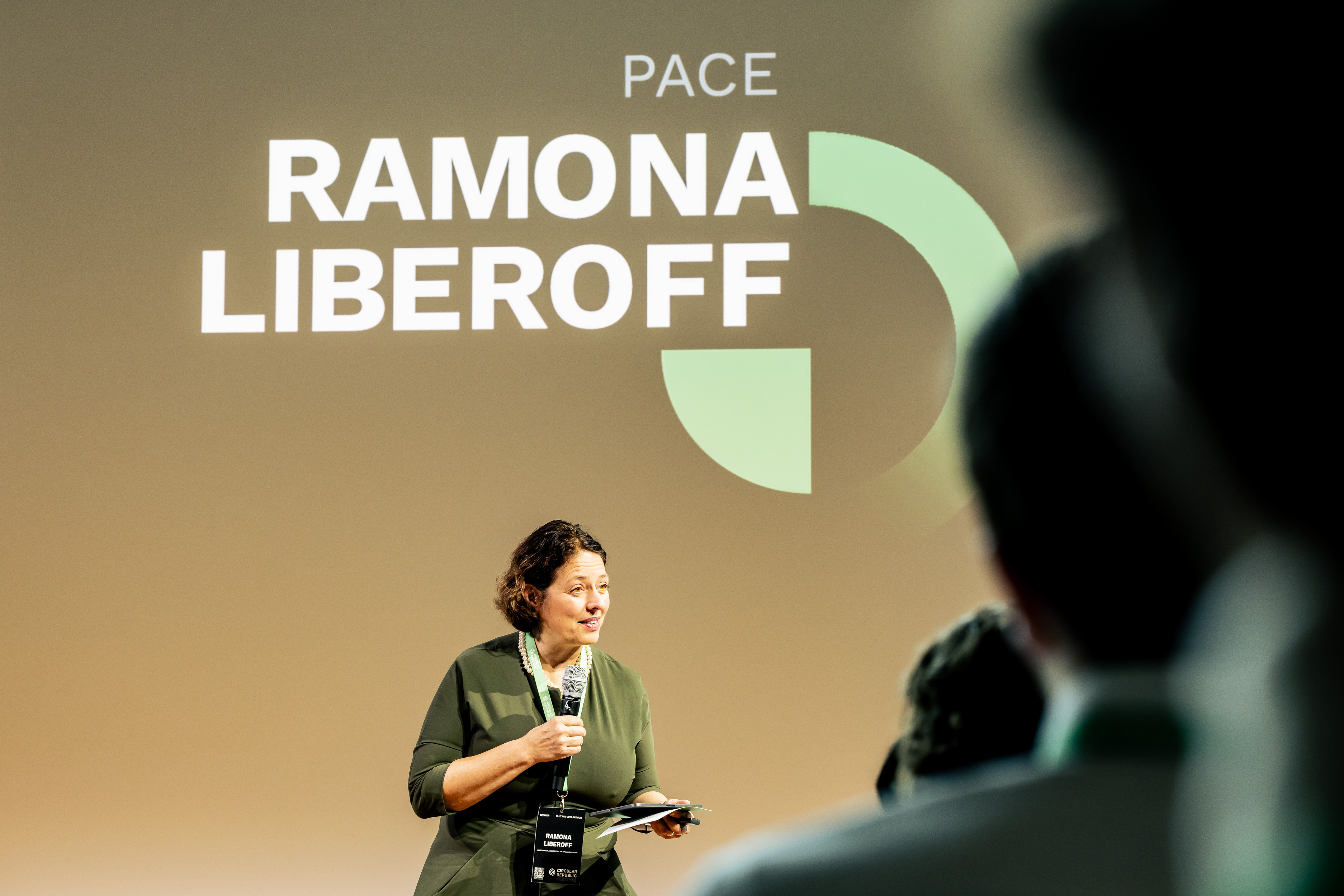
Harnessing the ‘can-do’ spirit of Munich’s innovation community
PACE was delighted to join the community of impact partners for the inaugural Circular Republic Festival (15th-18th November), a joint initiative between Circular Republic and Circular Futures, held at the Munich Urban Colab last week. The center is a space designed to foster interdisciplinary, solutions-based collaboration brought together by the City of Munich and Unternehmer Tum (itself a prominent impact partner and facilitator of the festival as well as the launching platform for Circular Republic).
PACE, Executive Director, Ramona Liberoff gave one of the opening addresses as part of the festival’s first session Towards a New Normal: Circularity as a Way to Make our Economy Future Proof hosted by founding members Dr. Matthias Ballweg, Dr. Susanne Kadner, and Niclas-Alexander Mauss.
Ramona showcased key examples of innovation responding to a vital human need in her address. This highlighted the critical importance of leveraging innovation for public good and at the systemic level.
- Unilever responding to avoidable child mortality in India (see Lifebuoy Help A Child Reach 5 Gondappa Campaign).
- Drinkwell enabling millions of people access to clean, healthy drinking water at an accessible price (in partnership with Unilever and the UK Government via Transform).
- Thermify + Heat Hub addressing excess heat in the system by decentralizing cloud computing replacing inefficient boilers with small data centers to heat homes.
These were all used to demonstrate how innovation can be a powerful ally in the fight to overcome some of the world’s most pressing human needs; infant mortality, access to safe drinking water, and heat.
We live in a world that rewards innovation. This is a strength as we migrate our economies away from extractive dependence and resource inefficiency towards ones that keep materials in circulation and that are more resilient and stable. Innovation is key to unlocking the potential circularity offers many industrial production systems such as food, and energy. The can-do spirit of bright minds working together and entrepreneurial approaches to difficult problems will be vital to achieving net zero and making all industrial economies fully circular.
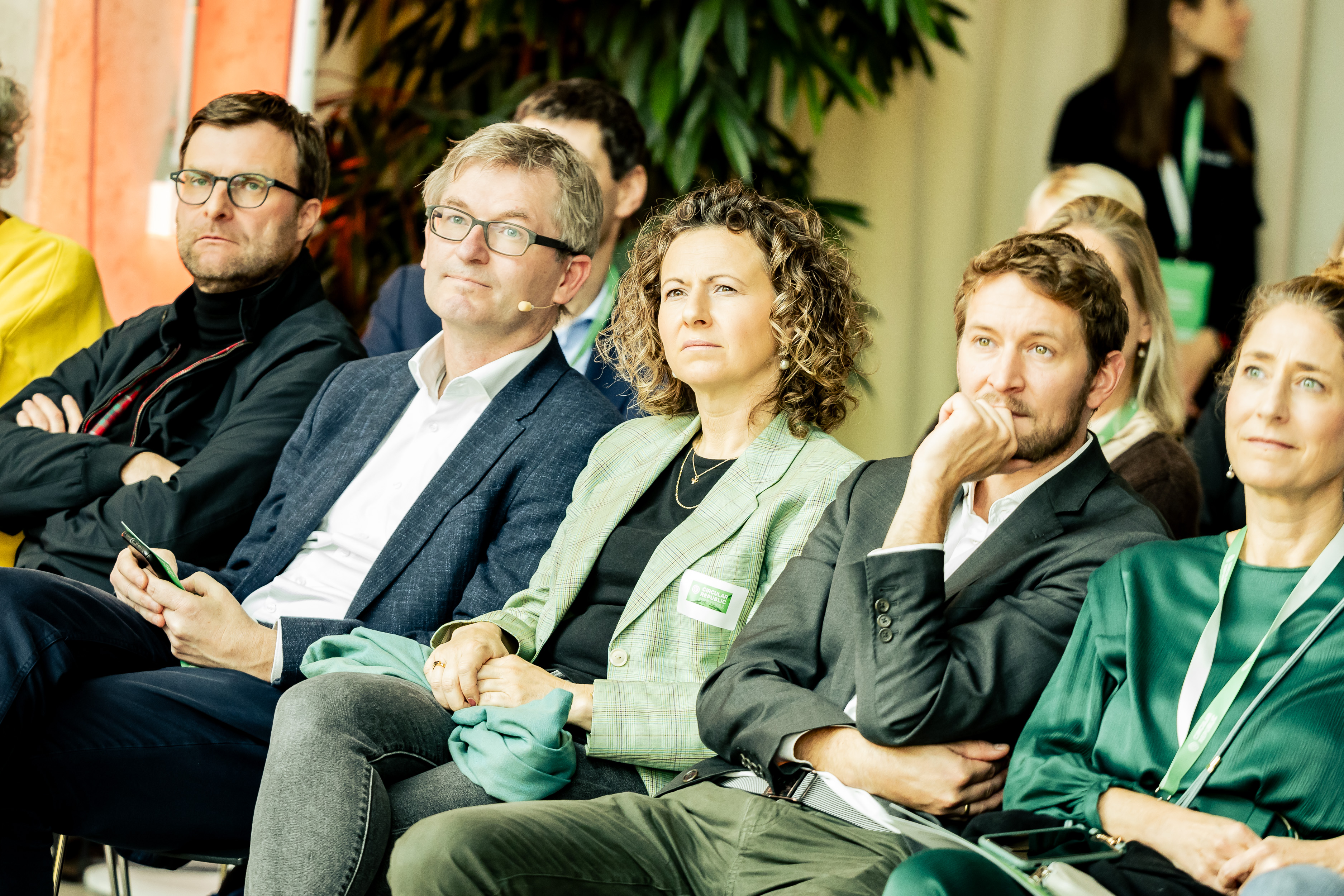
This spirit energized the Circular Republic Festival. Many inspiring speakers participated focusing on the positive solutions, opportunities, and motivational stories to inspire those already paving the way, and the generation of aspiring/active innovators designing solutions from within the Unternehmer Tum. The overall tone of the festival, from its start-up and workshop areas, ‘Hackfest’ maker's space, main stages, and the communal areas where festivalgoers gathered to mingle, network, and discuss all things circular, was one of supreme optimism. The Urban Colab was full of energy and the appetite for new and exciting solutions was palpable in every room.
This energy must be harnessed and channeled in the right way if we are to collectively bring about a circular economy.
From waste to resource: extracting value from the urban mine: a collaborative workshop by PACE and Accenture
As part of the festival’s workshop program PACE was pleased to collaborate with Accenture to bring a collaborative challenge to Munich: how to extract value from the urban mine. In a quick-fire collaboration session we split the participants into two groups and presented them with the following challenge:
How might we scale the urban mine approach by working with end-consumers?
Each group tackled one problem statement to build into one proposal to pitch to the room. The idea was then built on again incorporating constructive feedback to make the proposal stronger. The final ask was to deliver 2-4 next steps to take focusing on specific groups or individuals who can act.
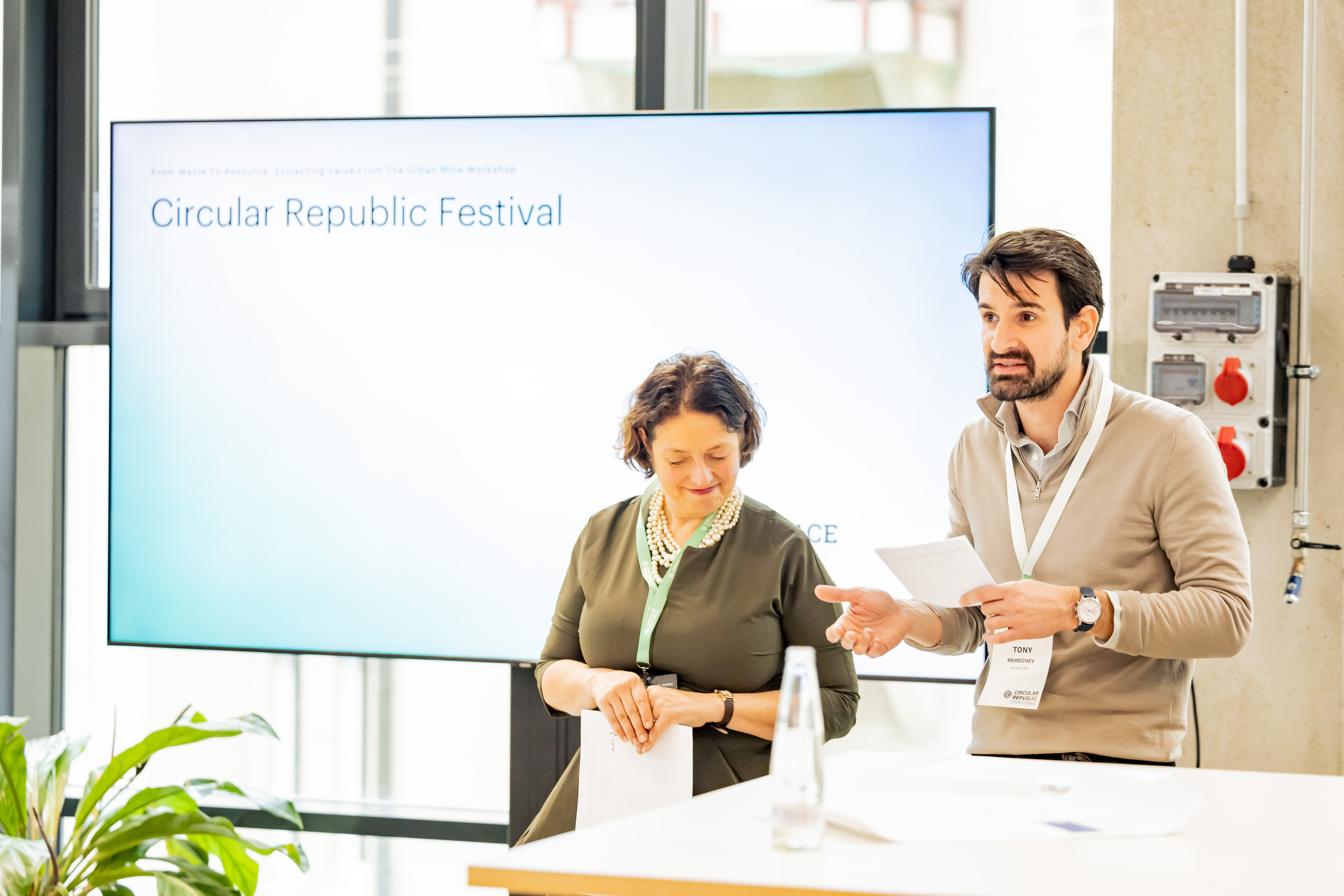
Group 1
- Problem statement A: Address the WHY? With consumers
How might we raise awareness of the great potential that the urban mine concept holds and drive action with persuasive messaging (e.g., what do people need to know to get motivated)?
First steps
- Socialize and amplify the idea that WEEE retains value after devices have expired, been upgraded, or replaced: ‘from waste to resource’.
- Create showcases that demonstrate that it is possible to keep products in use for longer.
First ideation
- Where to drop/return WEEE?
- Socialize through strong and positive messaging and engaging consumer campaigns.
- Partner with key actors to make returning old electronics as easy as possible for the consumer.
- Promote persuasive, accurate data.
- Availability of recoverable WEEE at the city level.
- To promote a resourceful urban sourcing mindset.
- Education.
- Community engagement.
- Transparency to assure the onward life of consumer WEEE is handled/re-processed responsibly.
- Encourage a healthy competition mindset among consumers to encourage return schemes at the local level. This could be rolled out in schools or by postcode.
The big idea
The Urban Mine Fun Game We All Want to Play
- Communicate the ‘why this is important’ in a reliable and engaging way.
- Combine continuous education and key messaging into a gamified experience.
- The game would encourage awareness and understanding activating a clear call to action for consumers to return their unused WEEE.
- Drop off and collection of WEEE made as easy as possible for the consumer and competitions are encouraged at the local level to increase supply volume.
Next steps
- Capture the baseline opportunity by volume of likely available WEEE within the city of Munich.
- Share the facts with consumers.
- Foster an ecosystem of actors and make infrastructure improvements through strategic partnerships and investment solutions.
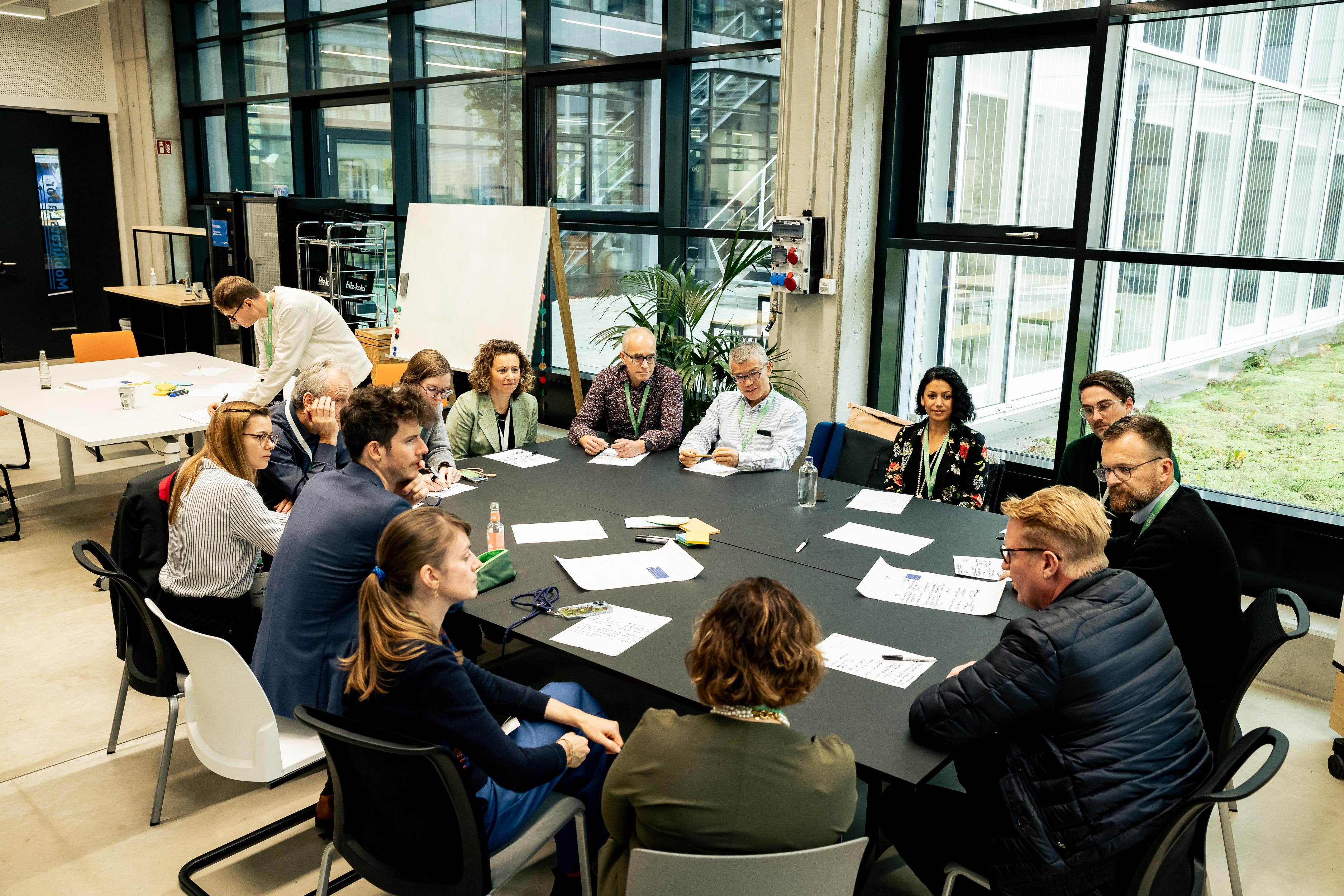
Group 2
- Problem statement B: Address the HOW. With consumers
How might we increase the collection of WEEE (waste electric and electronic equipment) from end-consumers (e.g., eliminate hoarding)?
First steps
- Increase awareness of how important it is that consumers return unused or end-of-life devices.
- Make it as simple as possible for the consumer to return end of first-life WEEE.
- Engage with collection and distribution companies as partners to enable more take-back channels.
First ideation
- Make collection easy for the consumer.
- Creative solutions for return for example, at your local Spathae or post office, reverse vending machines for smaller WEEE.
- Regular door-to-door visits by WEEE collection teams in collaboration with residential building landlords to establish as routine process and service.
- Address personal data concerns by demonstrating/highlighting data security.
- Provide creative incentives to address issues low residual value and cash-back options e.g., part of the value goes to a donation fund etc.
- Specific store or retailer credit/discount program, managed by an app.
- Pick-up WEEE at home or office as part of a delivery route.
- Engage strategic partners to collect WEEE from consumers at source when delivering purchased items.
- Build trust through partnerships to ensure the consumer has assurance their WEEE is being disposed of and re-purposed/processed responsibly. This extends to the safe erasing of sensitive data.
The big idea
‘WEEE Get It’ service provided via strategic delivery and collection partnerships
- The collection process if redesigned for hyper-convenience. And return rates are increased by creative incentives / social good messaging.
- The customer receives assurance from the collection company that their device will be handled responsibly, all sensitive data erased before transferring onto a third-party processor, and that the material will be disassembled with minimal negative impact on the environment.
- Combine with powerful, creative and wide-spread awareness campaigns to get people to declutter homes and help reduce resource extraction burden.
Next steps
- Test and de-risk with quick consumer experiments e.g., conduct interviews with target audience, use focus groups, put-up “smoke screen” tests online etc.
- Pilot the proposal on a smaller scale, for example, within a university campus.
- Build collection efforts into existing delivery app infrastructure.
- Socialize the idea that donating WEEE is connected broadly to a good cause; keeping materials in circulation and reducing the strain on the material demand side.
Observations
We are grateful to all participants who engaged in our co-hosted workshop. Analysing the responses resulted in a few key observations:
- Wide-spread and creative / engaging campaigns addressing behavioural and psychological barriers and making the process as normal as returning empty used bottles to the reverse vending machine at the local supermarket.
- Return and collection must be made as easy as possible for the consumer, however, there is a tension between easy return and assurance that a device will be wiped of all sensitive data and is disposed/reprocessed responsibly. This level of assurance may vary at the city, region, and country levels and may not be universal.
- There are many prominent recycling initiatives already in place across Germany, however, this issue goes far beyond recycling of end-of-life products. The issue also extends to material and resource efficiency through circular design. Typically, the available process poses too much of an effort, for example, returning WEEE to retailers.
- There are other psychological and behavioural barriers that solutions need to address (beyond data and security concerns) e.g., perceived future value and sentimental value of objects.
What’s next? The challenge and the opportunity
Right now, our systems are not working for people. They are working against people, our natural habitats, and our climate. The circular economy demands a systemic viewpoint and requires a holistic approach to urgent human and environmental needs. Innovation is one critical domain that can be brought into the fold and alongside sound policy, and imaginative investment, can accelerate momentum in the right direction across our industrial systems.
We must collaborate to make sustainability and the circular economy work for consumers by building engaging, sustained communication strategies that address key behavioral barriers. This is not a single company’s issue, nor is it purely an industry issue. On the other hand, the burden should be placed solely on the consumer. This requires a reinvention of the way that sectors engage with others in the space sharing open source data and information to help improve shared infrastructures. Consumers need to be engaged and helped to understand the importance of their role in this, because, without them, resources that can be recaptured will remain dormant or under-utilized.
Circular innovation may still be restricted by our current linear system. Even with the best will in the world and the most brilliant minds, innovations are overly concerned with optimising part of a production process, keeping value in a device longer, or increasing its utilisation through sharing models. In isolation, these are success stories. But in a systemic context, how do these meet the goal of decoupling resource use while improving quality of life, and restoring nature?
To achieve this we need a total breakthrough in the way that we think about the power of innovation. The innovation we need can’t be left to thrive in a bubble. It must involve radical forms of collaboration across systems, sectors, and domains. Innovation must work across parts of our systems and be harnessed to utilize surplus productively and efficiently.
The Circular Republic Festival was a showcase of how to inspire, nurture, and roll out innovations at a localized level. Munich is a city with innovation at its core and the festival highlighted how a mobilized community of innovators can activate change on an urban scale.
We must ensure that industrial countries like Germany, and cities like Munich, adopt innovation itself in an innovative way to solve the biggest human need we currently face: how to thrive within our planetary boundaries and recognize our limits to growth.
